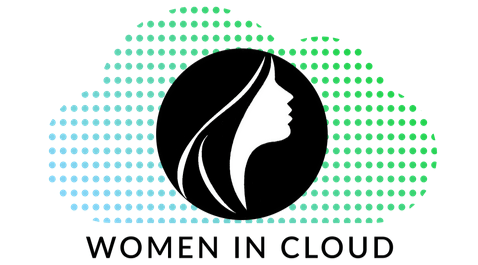
For decades people, companies, and governments have debated the need for paid parental leave (and other medical and family support for employees). Researchers at the Universities of Bristol and Essex studied more than 3,500 new parents and discovered “only 27.8 percent of women are in full-time work or self-employed after childbirth, compared to 90 percent of new fathers.” It is important to recognize that all employees can benefit from parental leave policies, and women often carry the bulk of caregiving responsibilities without adequate support from their employers, which can hinder their career advancement.
Despite this decades-old debate, and seemingly little momentum in the US, the technology sector’s parental leave benefits do stand out compared to other industries. Zippa statistics revealed that “the technology sector leads the private sector in offering parental leave, with 30% of tech workers receiving access to paid family leave.” This is a fantastic win with industry giants like Netflix offering up to 52 weeks of paid primary and nonprimary parental leave. While others like Spotify, Bumble, and Adobe offer a range from 16-26 weeks of primary and nonprimary parental leave. Focusing on employee benefits, in particular parental leave, seems to be trending positively in the tech industry despite layoffs and conversations around the recession.
Emphasizing and prioritizing parental leave is mutually beneficial for employees and employers. Chris Freitas reported for KBI that companies see increased employee retention, an easier ability to acquire new talent, boosted productivity and employee morale, improved mental health and well-being, and increased public and private investments when they offer paid parental leave. The United States is among the limited number of nations acknowledged by the United Nations (193 members at present) that do not mandate a certain amount of compensated parental leave, the responsibility of determining such policies falls upon employers and business leaders.
Tech leaders and companies must continue to set the standard for employee benefits, in particular parental leave. Tech however is not removed from issues like the gender pay gap, workplace harassment, and more that still plague the overall working culture. Reports show that despite tech being a standout for parental leave, day-to-day standards are causing women to leave the field. Currently, many women in tech are having to trade off certain perks of working in tech, like parental leave benefits, for less money than men in similar roles, little to no women role models, and gendered harassment. On top of that parental leave benefits are often limited to childbirth and exclude additional family-building options like adoption, surrogacy, IVF, nonprimary leave, and more.
6 ideas for your companies to setup solutions for working moms:
- Digital ESG framework “SAFE”: Implementing a digital ESG framework known as “SAFE,” workplaces can take steps to make women feel safer. This includes measures such as closing the pay gap, promoting female career progression, creating clear and transparent policies regarding sexual harassment, and incentivizing training in civility and equity.
- Flexible Working Hours: Offering flexible working hours can be a game-changer for working mothers. It allows them to better balance their work and personal responsibilities, which can improve productivity and employee satisfaction.
- On-Site Childcare: Providing on-site childcare services can be a huge relief for working mothers who struggle to find affordable and reliable childcare options. It can also help reduce absenteeism and improve morale.
- Paid Parental Leave: Offering paid parental leave can be a valuable benefit for working mothers who need time to recover after childbirth and bond with their newborns. It also shows that the company values and supports its employees’ family life. Furthermore, creating policies that include family planning options like adoption, fostering, IVF, surrogacy, and more emphasizes that employees will not have to choose between family and a successful career.
- Remote Work Options: Allowing employees to work from home or remotely can be especially helpful for working mothers who need to attend to their children’s needs throughout the day. It can also reduce commuting time and expenses.
- Career Development Opportunities: Providing career development opportunities such as #WICxInsiderCircle program can help working mothers advance in their careers while also balancing their family responsibilities. This can include mentorship programs, leadership training, and opportunities for job sharing or part-time work.
Women in Cloud (WIC) is working to create $1 Billion in net economic access for women professionals and entrepreneurs in tech, and WIC is also working to create leadership development and growth for women in tech. Having more genders at the tables where decisions are made and policies are decided means more people can be represented, policies can accurately reflect the needs of the employees, and decisions can be more inclusive of all genders and family planning options. Having meaningful parental leave benefits and policies is the best option for all parties because it encourages company growth, employee retention, and economic outlook.
Happy Mother’s Day to the Women in Cloud community members who are mothers, guardians, and/or caregivers. We thank you for your commitment to helping our next generation and we applaud you for continuing to work, advancing your career, and leading this industry into the future.
🌷G I V E A W A Y🌷
In honor of Mother’s Day we are going to gift one lucky someone Starbucks card valued at [$25]
To enter the Contest visit our Instagram, Facebook, or LinkedIn page!!

THIS CONTEST IS OPEN WORLDWIDE from May 10-14!
(The Winner’s name will be announced at 9am PST on May 15 2023)




